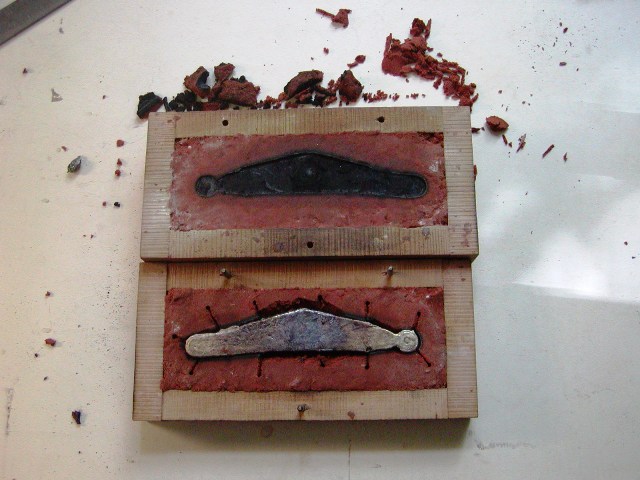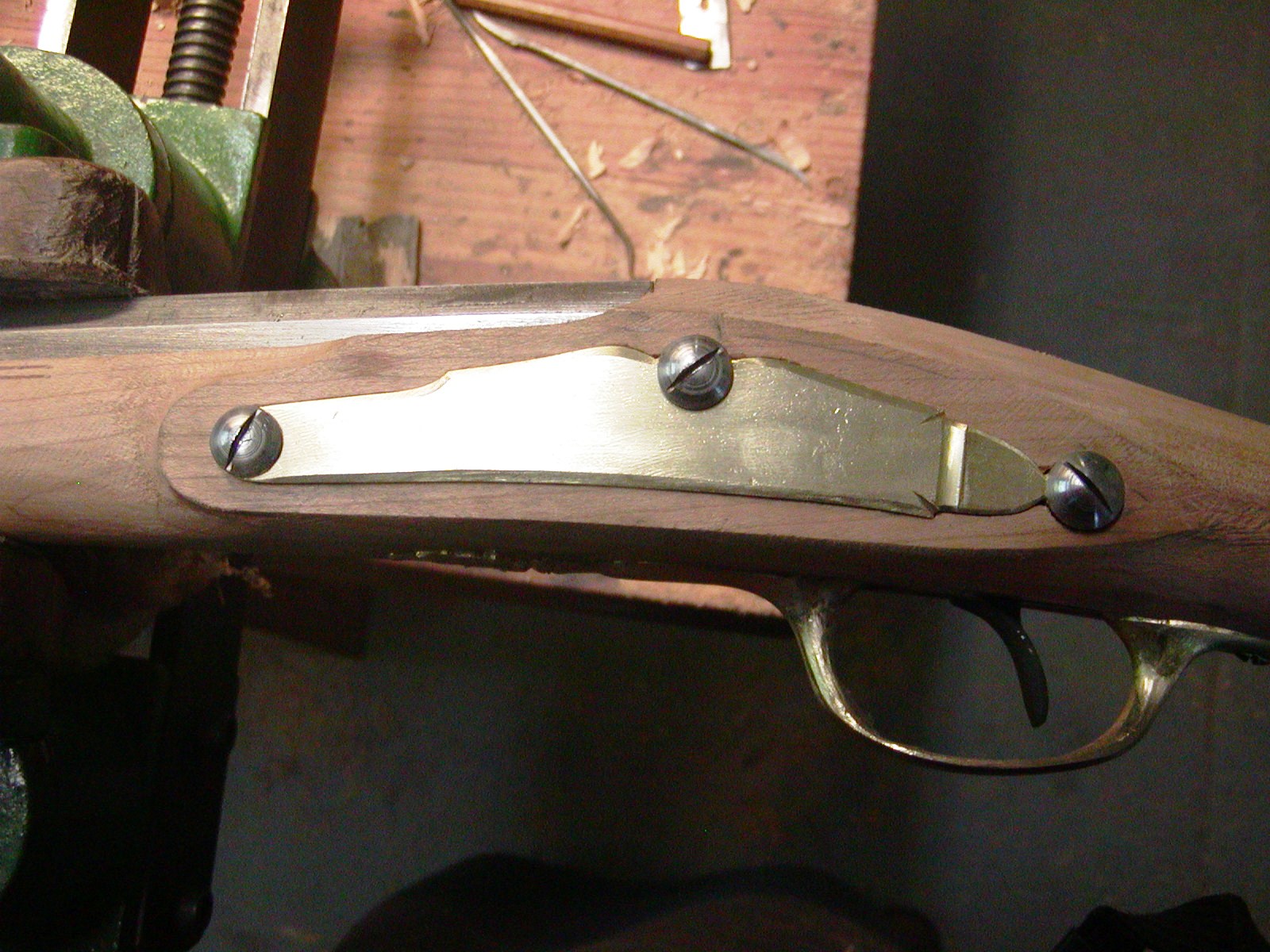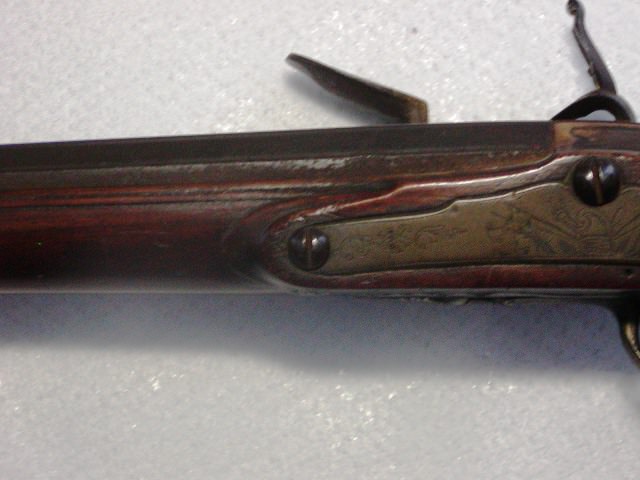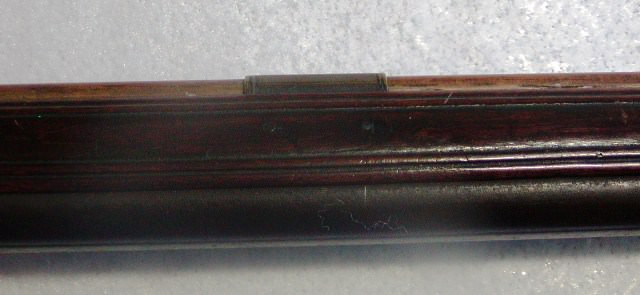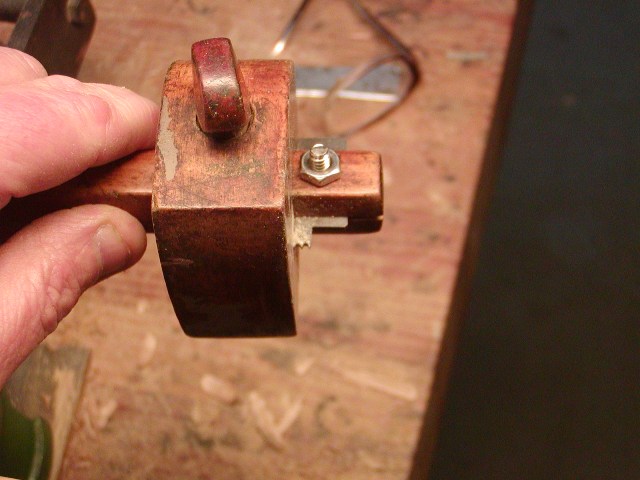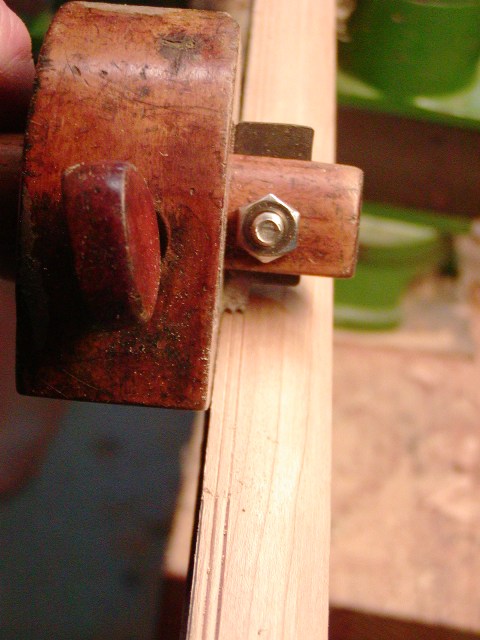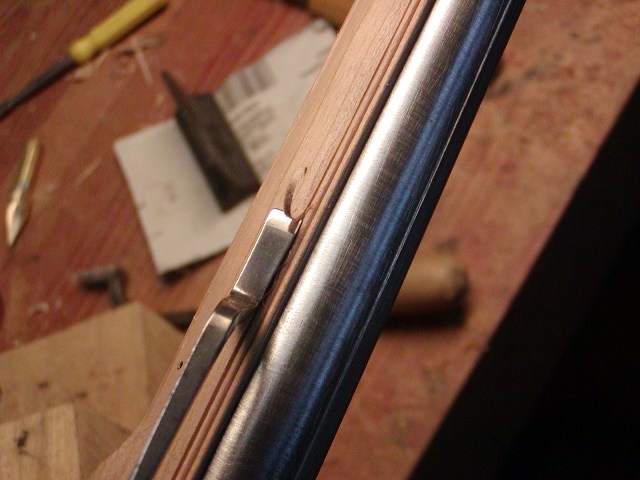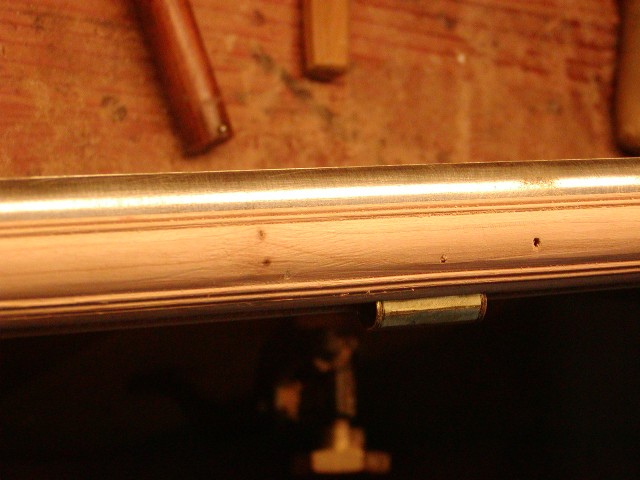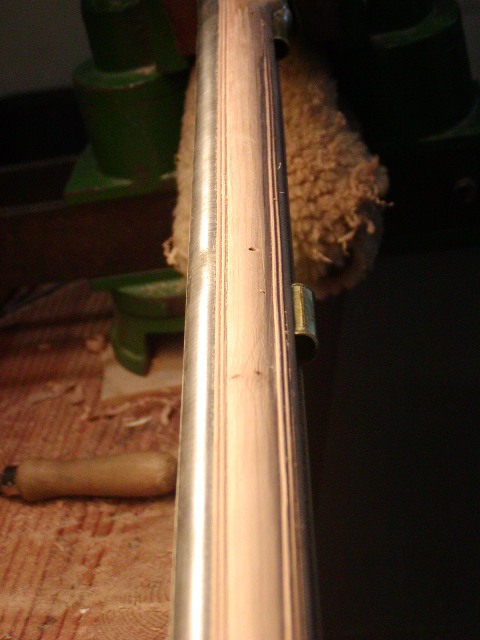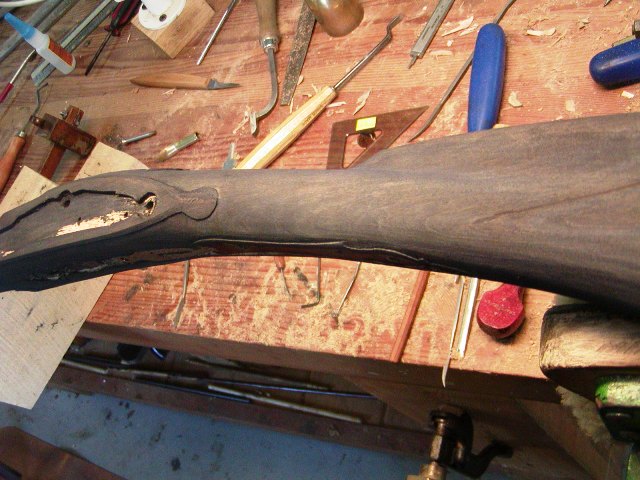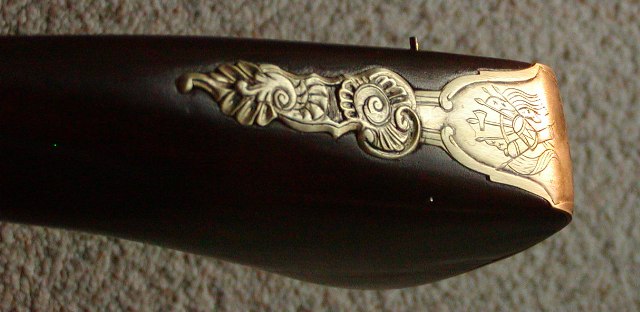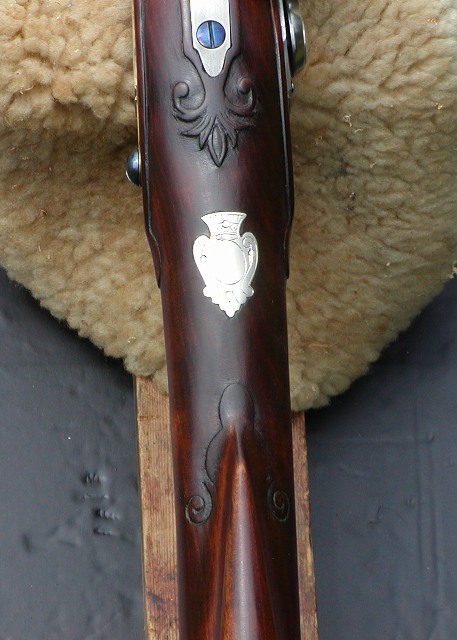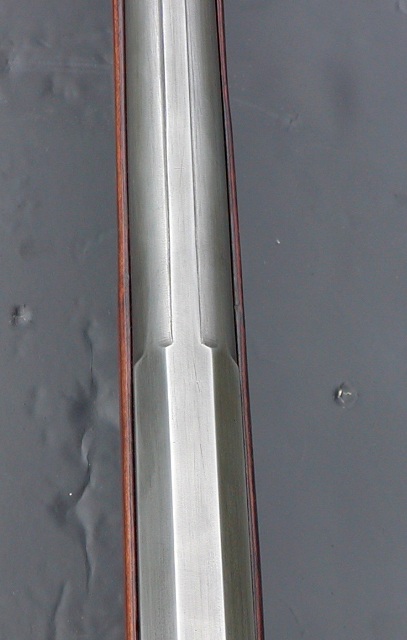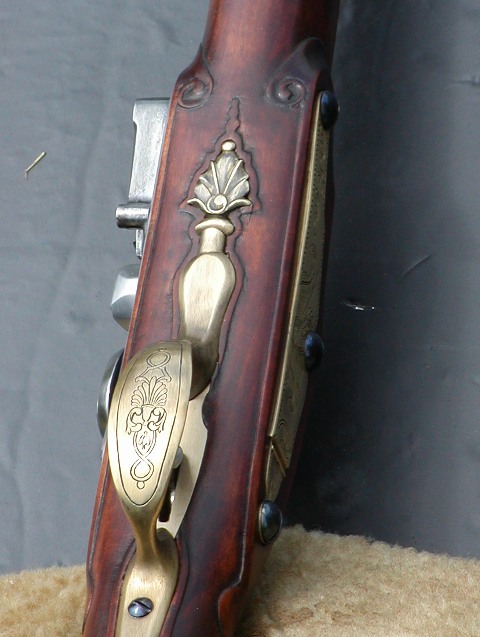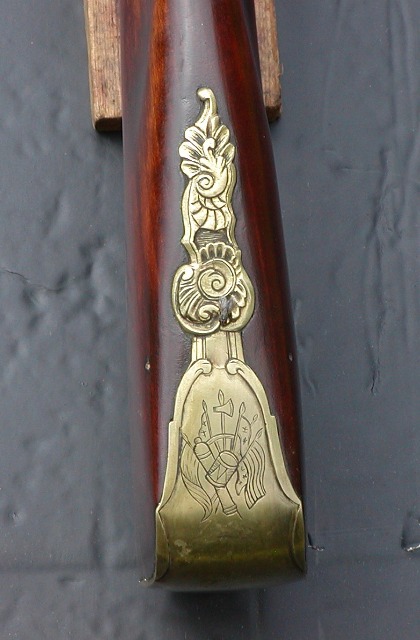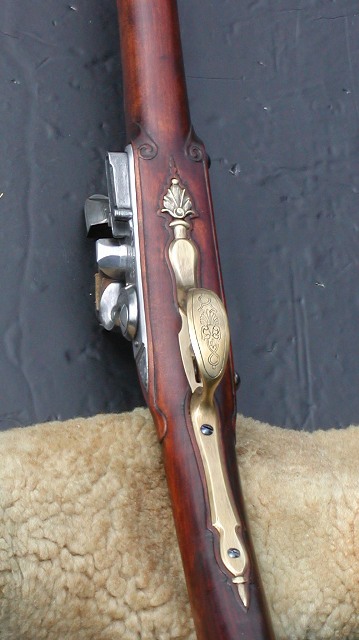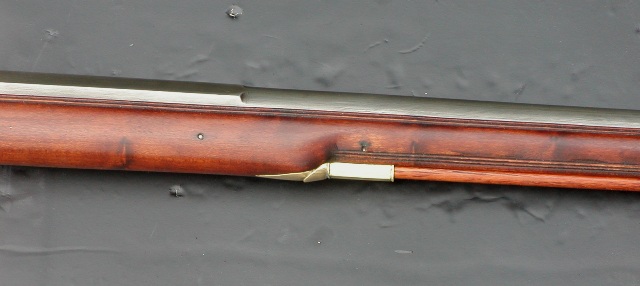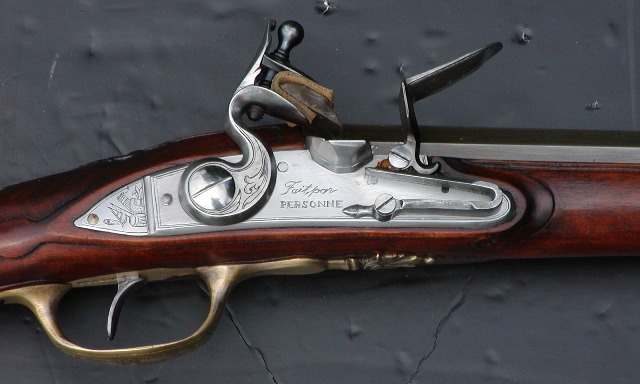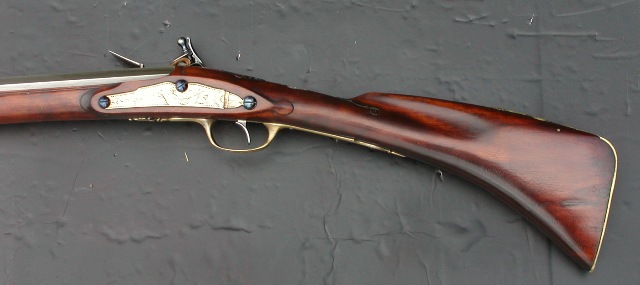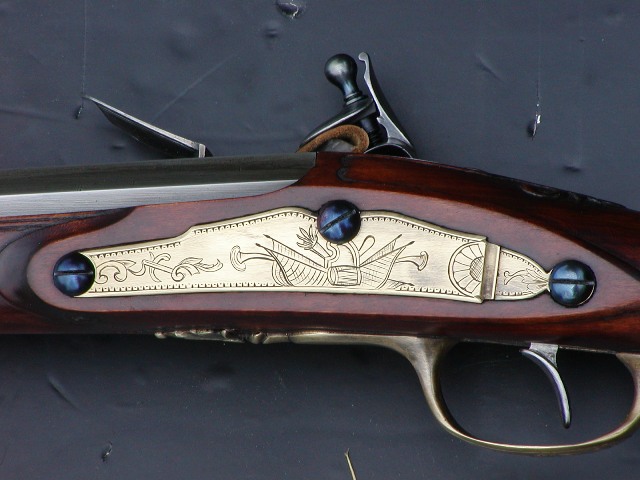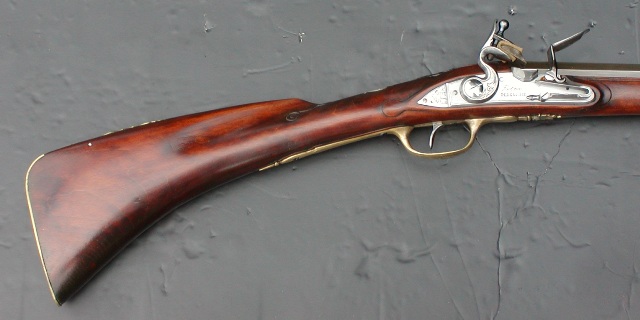- Joined
- Nov 26, 2005
- Messages
- 5,010
- Reaction score
- 9,945
Hi Cruzatte and Brokennock,
Thanks for looking and commenting. I've only built one other New England fowler, which was a much simpler gun.
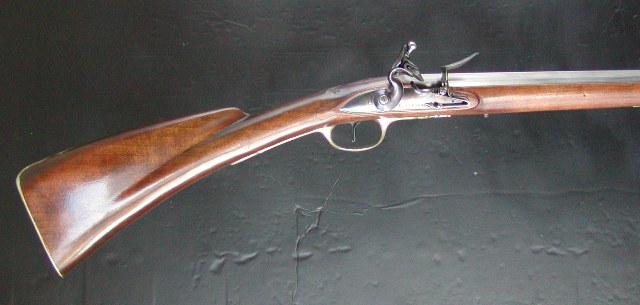
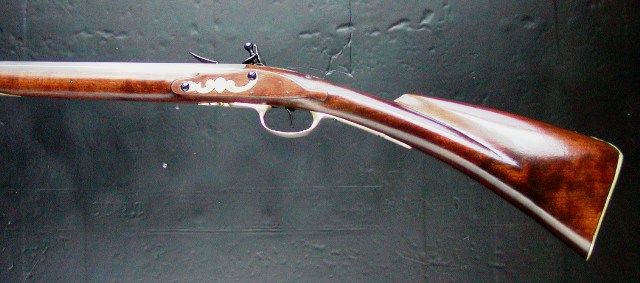
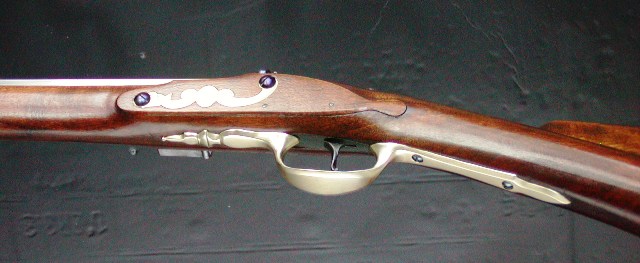
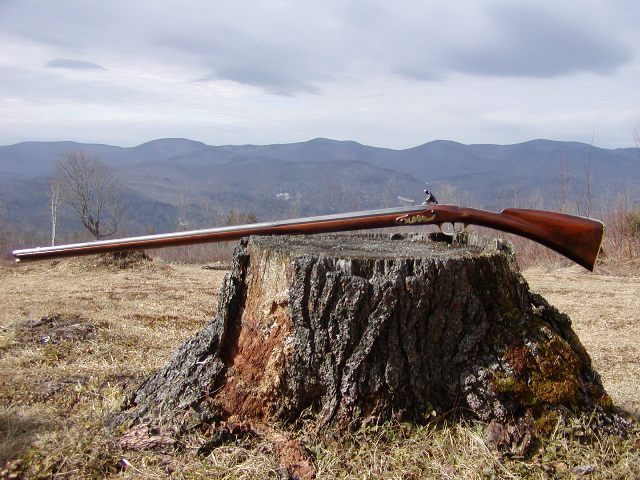
In addition, they varied so much that it is hard to converge on one style that represents a "NE fowler". This current gun is definitely styled like others made along the Connecticut River. It shares some features very similar to guns by Seth Pomeroy of Northampton, MA, and the gun dates from a period when he was working prior to the Rev War. Although the gun may have been built in the 1750s-1760s, the barrel, lock, and hardware are 30-40 years older and from a pretty fine French gun.
dave
Thanks for looking and commenting. I've only built one other New England fowler, which was a much simpler gun.




In addition, they varied so much that it is hard to converge on one style that represents a "NE fowler". This current gun is definitely styled like others made along the Connecticut River. It shares some features very similar to guns by Seth Pomeroy of Northampton, MA, and the gun dates from a period when he was working prior to the Rev War. Although the gun may have been built in the 1750s-1760s, the barrel, lock, and hardware are 30-40 years older and from a pretty fine French gun.
dave






